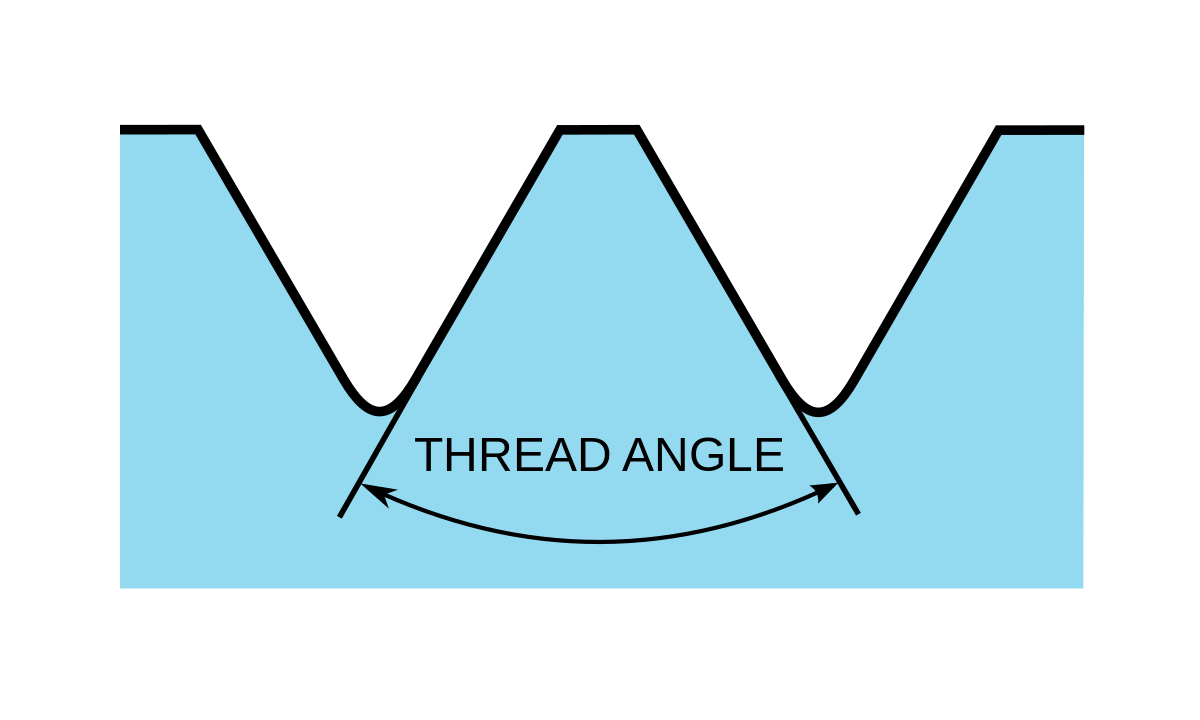The secondary explosion always occurs even when inside the volume there is just air, as an elastic response after the compression. It is an elastic bounce.So you are saying there was actual fire? Or just heat, ?
So definitely implosion then a explosion ?
That should be easy to hear underwater.
Of course, if inside the air volume there was ignitable material, a Diesel combustion occurs, making the following explosion more powerful.
When I computed the energy released by the implosion I only accounted for the potential energy due to water pressure. I could make a better evaluation taking into account the presence of 5 human bodies and some equipment inside the air volume, which definitely burned, at least partially (75% of human body is water which does not burn).





